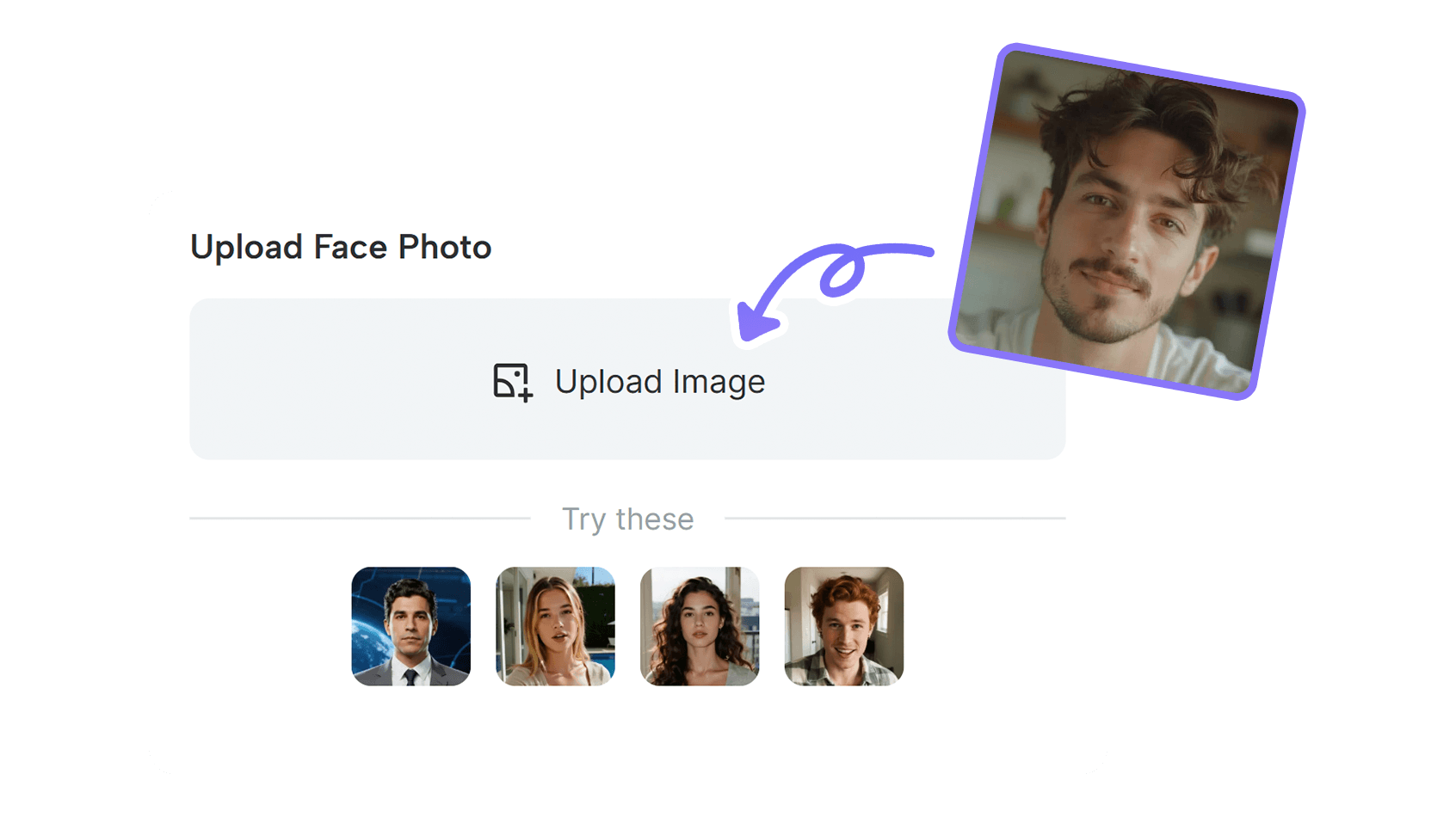Deepfake videos, a fusion of “deep learning” and “fake,” have taken the digital world by storm. These AI-generated videos allow users to swap faces, mimic voices, or create entirely synthetic media that looks startlingly real. From entertainment to education, deepfakes offer creative possibilities, but they also come with ethical responsibilities. In this blog, we’ll explore the process of creating a deepfake video, highlight the use of JoggAI as a user-friendly tool, and discuss best practices to ensure ethical use. By the end, you’ll have a clear roadmap to craft your own deepfake video responsibly.
Understanding Deepfake Technology
Deepfakes rely on advanced artificial intelligence, primarily generative adversarial networks (GANs), to manipulate or generate media. GANs consist of two neural networks: a generator that creates fake content and a discriminator that evaluates its authenticity. Through iterative training, these networks produce highly realistic results. Deepfakes can swap faces, alter expressions, or sync lip movements with new audio, making them versatile for creative projects. However, their accessibility raises concerns about misuse, such as spreading misinformation or violating privacy. Responsible creation is key, and understanding the technology helps you navigate its potential and pitfalls.
What You’ll Need
To create a deepfake video, you’ll need:
- Source Material: High-quality video or images of the person whose face or voice you want to use (with their consent).
- Hardware: A computer or smartphone, ideally with a decent GPU for faster processing.
- Software: AI tools like JoggAI, DeepFaceLab, or other platforms.
- Ethical Awareness: Permission from individuals featured and clear labeling of the final product as AI-generated.
Step-by-Step Guide to Creating a Deepfake Video
Step 1: Gather High-Quality Source Material
The quality of your input data directly impacts the realism of your deepfake. Use high-resolution videos or images (HD or 4K) with clear facial features, diverse expressions, and consistent lighting. For face swaps, you’ll need a source video (the face you want to apply) and a destination video (the body or scene). Ensure the source material captures multiple angles and expressions—static faces result in lifeless deepfakes. If you’re using audio, a 30-second clip is often enough for voice cloning. Always obtain explicit consent from individuals whose likeness or voice is used to avoid legal and ethical issues.
Step 2: Choose the Right Deepfake Tool
Several tools are available for creating deepfakes, ranging from beginner-friendly apps to advanced software. For casual users, platforms like JoggAI simplify the process, while tools like DeepFaceLab offer more control for experienced creators. Your choice depends on your skill level and project goals. Beginners should opt for user-friendly interfaces, while advanced users might prefer tools requiring GPU processing and technical know-how.
Step 3: Using JoggAI to Create a Deepfake Video
JoggAI is an excellent choice for those new to deepfake creation, offering an intuitive platform to generate lifelike videos without extensive editing skills. Here’s how to use JoggAI:
- Upload a Target Photo or Video: Choose the image or video where you want to perform the face swap.

- Upload the Face You Want to Use: This could be your face, a friend’s, or even a celebrity—have fun with it!

- Click “Swap Face Now”: Our AI engine automatically adjusts lighting, angles, and expressions to create a realistic face replacement.

JoggAI’s strength lies in its accessibility—users can create professional-quality deepfakes without cameras, actors, or complex software. It’s ideal for e-commerce, education, or social content, supporting over 90+ languages for global reach. For example, a small business owner can create a product ad featuring a lifelike avatar in under 15 minutes, as noted in user reviews.
Step 4: Ethical Considerations and Labeling
Deepfakes can be used for entertainment, education, or marketing, but misuse risks spreading misinformation or violating privacy. Always:
- Obtain written consent from individuals whose likeness or voice is used.
- Label your video as AI-generated with watermarks or disclaimers.
- Avoid creating content that could deceive or harm viewers.
For example, a 2023 deepfake of Dwayne Johnson as Dora the Explorer was clearly labeled as entertainment, ensuring no confusion. Ethical tools like JoggAI include features to add watermarks, promoting transparency.
Conclusion
Creating a deepfake video is easier than ever with tools like JoggAI, which streamline the process for beginners and professionals alike. By following the steps outlined—gathering quality source material, choosing the right tool, and prioritizing ethics—you can produce engaging, realistic videos for various purposes. Whether you’re crafting a viral social media clip or a professional ad, always use deepfake technology responsibly, ensuring transparency and consent. With practice and the right tools, your deepfake creations can captivate audiences while maintaining trust and integrity.


